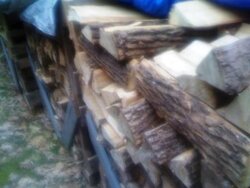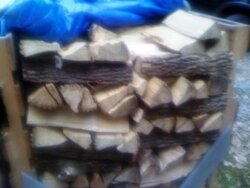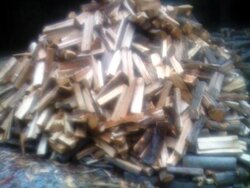I'm purchasing a house that will undergo a major remodel in all aspects - heating system included. The setup is ideal for a wood boiler (I've been lurking in the Boiler Room for some time, and I appreciate all the advice provided here over the years).
The likely choice is a Froeling FHG with lambda controls (20 or 30 kW size). Since many will likely ask me why I'm focusing on this particular boiler, I'll just say that it seems the most appropriate for use by the wife as well as myself.
I have several years of 16" cut wood for my wood stove, and I don't need to cut more to that length as I will likely be transitioning to the boiler in ~2 to 3 years. Therefore, I'm starting to cut and stack 20" length in anticipation of demand 2-3 years down the road.
My question is "what is the best split size or mix of sizes for the Froeling FHG boilers in a size of 20 or 30 kW?" Any thoughts and ideas are appreciated.
The likely choice is a Froeling FHG with lambda controls (20 or 30 kW size). Since many will likely ask me why I'm focusing on this particular boiler, I'll just say that it seems the most appropriate for use by the wife as well as myself.
I have several years of 16" cut wood for my wood stove, and I don't need to cut more to that length as I will likely be transitioning to the boiler in ~2 to 3 years. Therefore, I'm starting to cut and stack 20" length in anticipation of demand 2-3 years down the road.
My question is "what is the best split size or mix of sizes for the Froeling FHG boilers in a size of 20 or 30 kW?" Any thoughts and ideas are appreciated.







 It's the BMW of boilers.
It's the BMW of boilers.